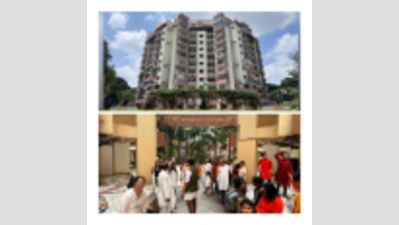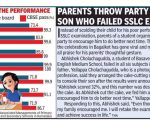Bengaluru apartments struggle with governance | Bengaluru News

With annual budgets going up to Rs 20 crore, large apartment complexes have become mini cities.
Here are some insights into how to manage them
Many of Bengaluru’s large apartment complexes are lovely, they provide a variety of facilities, and, in comparison to the crumbling infrastructure in much of the city, they look like heaven. And yet, if you go into their general body meetings, or look at residents’ association messaging groups, you could feel like you walked into hell. Stinging criticisms, abuses and even fights are common.
Part of the reason for this is that such big complexes, with hundreds and thousands of apartments and managing budgets of Rs 5 to 20 crore, are relatively new to Bengaluru. So, governance models for them are still evolving, and those who get elected to management positions in these complexes lack the experience to deal with the myriad issues that emerge. After all, they have to manage literally a mini city.
To understand the problem and the different systems of governance and which works best, Times Community consulted with management gurus and managing committee representatives from residential complexes.
“Problems come from three buckets,” says Venkatesh Panchapagesan, professor of finance and head of the Real Estate Research initiative at IIM Bangalore (IIMB), and who recently started a a four-week certification programme for RWAs in association with Bangalore Apartments’ Federation (BAF) to build capacity in RWAs and train residents. One bucket, he says, is lack of knowledge. “Many of the management committee members have good intent, they have good pedigree, they are working in some reasonably reputed firms. But they don’t know what is to be done and they try to figure it out on their own,” he says. The second bucket, he says, relates to lack of understanding about best practices, given that information is not freely available even about what’s happening in neighbouring complexes. And the third bucket, he says, is egos. “You have people who are accomplished in their professions, but in apartment bodies, they will have to hear out, say, a senior citizen, or someone very junior to them.” Addressing all three, he says, is the way to handle governance.
One of the things that Venkatesh and BAF are suggesting to apartment associations is to have staggered governing committees – which means out of 20 people in the committee, 10 will retire and 10 will stay on every year. This provides some continuity in knowledge. “It has a big impact on outcomes,” says Venkatesh.
Satish Menon, former president of Tata Aquila Heights in Jalahalli, says in the last two years, they formed an advisory committee consisting of the past presidents and secretaries. “We sit together and debate and come to some conclusions. So there is some continuity in decision-making, knowledge transfer, etc. It also helps in eliminating ego problems between one committee and the next, which we had earlier. The new system is functioning very efficiently,” he says.
R Rajagopalan, chairman of the maintenance committee in L&T South City, says there is a tendency among management committees to dumb down the members of the association, that they are not capable of understanding issues. “In my experience, especially in bigger complexes, on any topic under the sun, you will find some resident or the other who knows the ins and outs of that business. It is up to us to find out and tap that particular resource. He’s not interested in contributing to general affairs, but on a particular issue, he can devote time. Second, if you think you can pull wool over the eyes of your members, one such fellow will catch you and your whole credibility is lost. So, to assume that we only know and members don’t know is a very dangerous assumption today,” he says.
Sobha City model
As for the structure of associations, while most tend to be centralised, with the entire budget of multiple crores of rupees being handled by a single treasurer, and a single committee, Sobha City, with nearly 2,000 apartments, has a system where each of its six blocks is the primary management and financial authority. C Subramanyam, president of the association, says each block has subcommittees of 10-14 members, who decide the maintenance rate for the block, and handle their respective budgets. Decisions about even block security, water supply, and facilities management vendor are taken at the block level. Each block sends three members to an apex body, which receives Rs 1,000 from each flat, which is used to handle all common facilities, including STP, roads, greenery, and security of common area.
VOICE BOX
CENTRALISED VS DECENTRALISED
“In apartment governance, it’s crucial to understand what’s important for what issue. In some cases, cost is important, in some, reliability and regularity are important, in some others, integrity is important. There are services where cost is absolutely critical. But there are services where safety is critical, not cost. You can’t have a one-horse kind of governance system. You have to make compromises. You are also dealing with the political system, the bureaucratic system. It is very easy to be idealistic and keep giving advice. You need somebody who has an idea of how to have a rounded approach to governance.
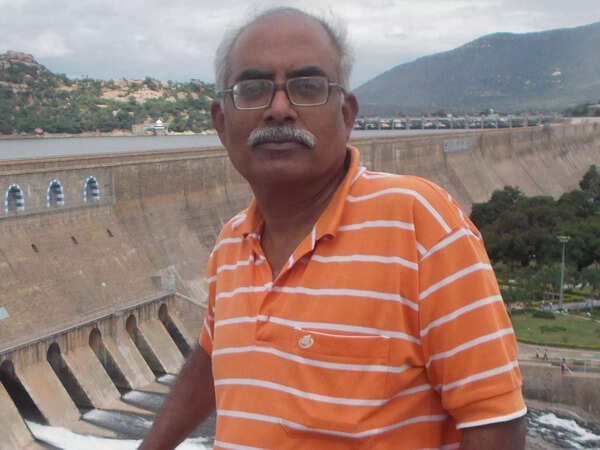
Prof R Rajagopalan
In our apartment complex, the number of members elected from each tower is dependent on the number of units in that block. The representation in MC is in proportion to the number of flats in the apartment. Individual towers’ requirements are reflected through its members.
Prof R Rajagopalan, CHAIRMAN, MAINTENANCE COMMITTEE, L&T SOUTH CITY (2,000 UNITS)
Centralisation works better for apartments where operating assets (like STP, DG etc) are commonly held across all towers.
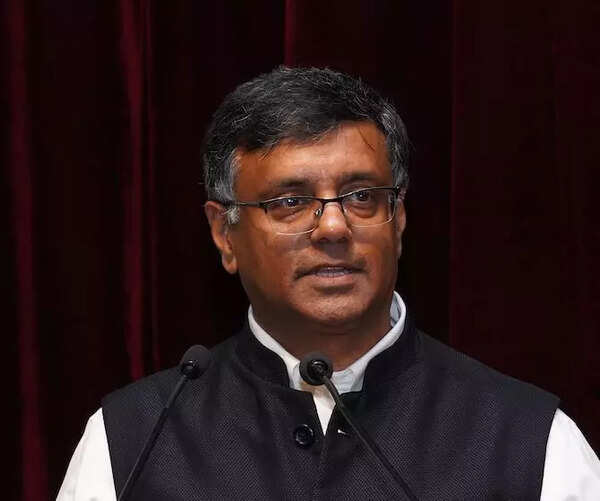
Prof Venkatesh Panchapagesan
Managing local services like garbage collection, handling local assets like fire extinguishers, etc, are better done using a decentralised setup.
Venkatesh Panchapagesan, PROFESSOR OF FINANCE AND HEAD, THE REAL ESTATE RESEARCH INITIATIVE, IIM BANGALORE (IIMB)
We have six blocks, each one elects its own representatives and office bearers, decides its maintenance rates, each one manages its maintenance, and capital expenditures. Three members from each block are sent to a central body, which elects its officer bearers.
This body manages only the common area requirements. Every flat contributes Rs 1,000 for common area requirements, and this is managed by the central body. I think this model reduces conflicts, because each block feels their money is in their control.
C Subramanyam, PRESIDENT,
The federal model has proven effective for our community, offering a balance between autonomy and unified decision-making.

Ram Pandey
This model of governance is democratic and participative. It ensures representation, accountability, and resident involvement at every level of decision-making. Regular meetings and open forums further promote transparency and community engagement
Ram Pandey, PRESIDENT, SMONDOVILLE, ELECTRONICS CITY (1,140 UNITS)
In our apartment complex, we follow a centralised system of governance, with a management committee (MC) comprising nominated members from both blocks, ensuring fair representation. This structure ensures that while decisions are efficiently handled centrally, residents’ voices are respected and incorporated, making our model practically democratic and community-driven. Budgeting and planning are carried out by the MC, and approval is sought from all homeowners during the GBM. For larger projects, we actively involve residents by forming task forces, encouraging participation and shared responsibility.
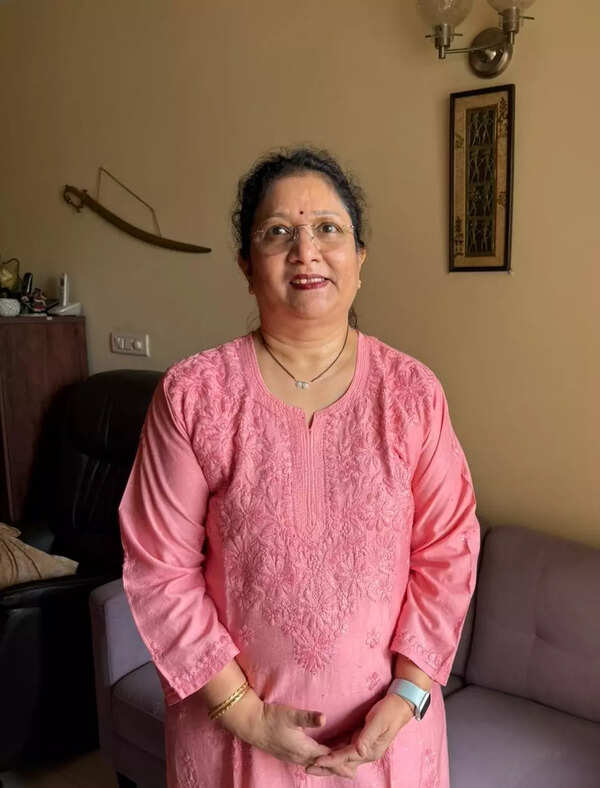
Bhagyashree Indulkar
Regular updates and financial reports are shared with residents, reinforcing transparency and accountability
Bhagyashree Indulkar, SECRETARY, KNIGHTSBRIDGE APARTMENT, BROOKEFIELDS (308 UNITS)
The central association can function like a corporate office responsible for overseeing common legal, finance, tax and membership matters, and holding common GBMs and elections to constitute a common board of managers. Each tower could have equal representation on the board and the representing board member could function as a chief executive of the respective tower. The chief executive may form a small committee to help in implementing within the tower the decisions taken at the central level including collection of maintenance charges and overseeing any tower specific capital or revenue expenditure. Such a streamlined approach ensures far greater administrative effectiveness and efficiency.
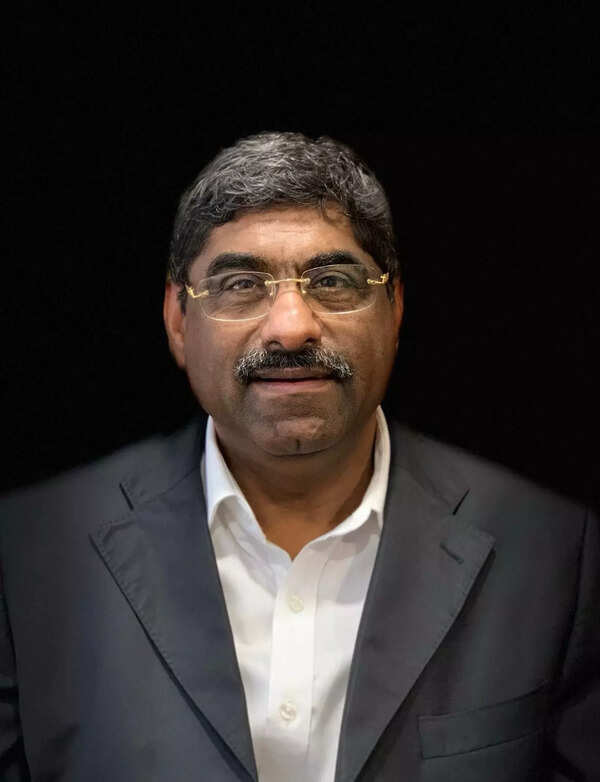
Satish Menon
The central association structure would also be more ideal for RERA projects having multiple towers, where the common areas necessarily need to be transferred to an Apartment Association. Incidentally, the Karnataka High Court has, in several cases, struck down the registration of apartment associations under the Karnataka Societies Registration Act, 1960. Hence, apartment associations necessarily would have to be registered under the Karnataka Apartment Ownership Act, 1972
Satish Menon, LEGAL, FINANCE AND TAX EXPERT – APARTMENT GOVERNANCE ESSENTIALS – CERTIFICATION PROGRAM OF IIM-B AND BAF, AND EX-PRESIDENT, TATA AQUILA HEIGHTS, JALAHALLI
Whichever governance model is followed, RWAs should never discriminate between members and they must always follow the bye-laws. In my apartment, the RWA MC extend their terms disregarding the bye-laws and they also collect differential maintenance rates from the unit owners.

Vaitheeswaran K K
If anyone raises these issues, that person is harassed by abusing the process of the law
Vaitheeswaran K, SERIAL ENTREPRENEUR, LIVING IN ADARSH CRYSTAL APARTMENTS











